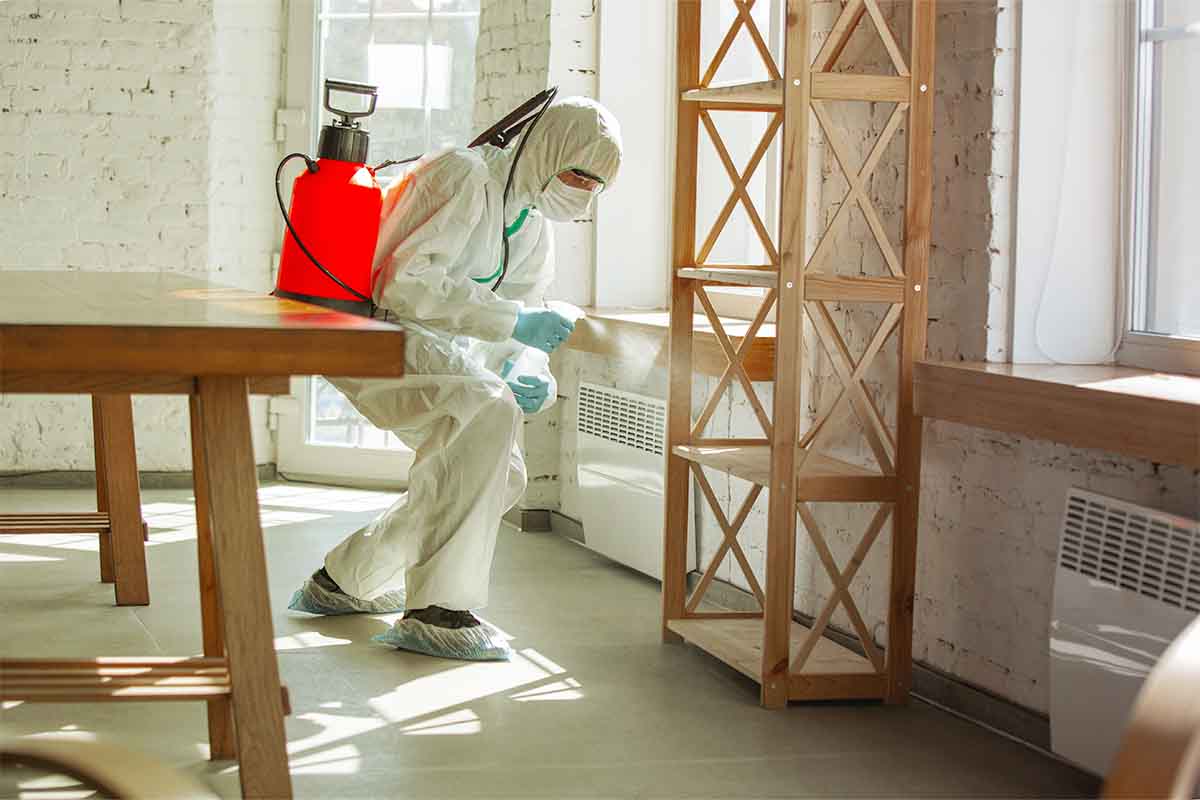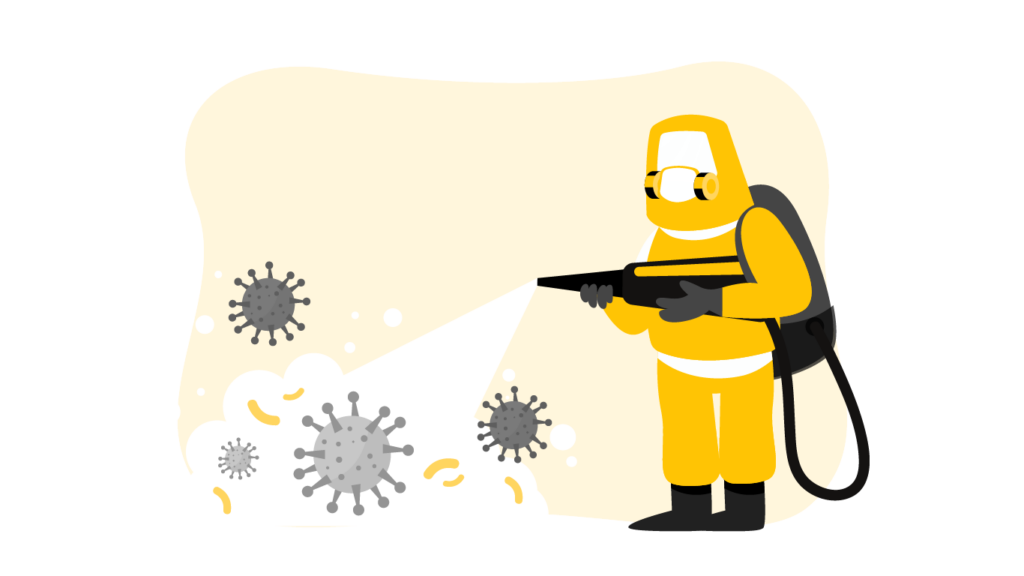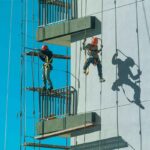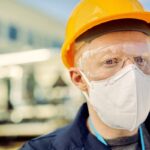Safety Talk About Poor Housekeeping Hazards

When it comes to poor housekeeping hazards in construction, there are a few key things to remember so you stay safe.
You must remain aware of potential hazards that can occur when working with tools, cleaning supplies, or any other materials. Secondly, make sure to keep the work area clean and organized, so that you can avoid trips and falls. Finally, always use caution when working with hazardous materials or equipment.
- There were 805 fatal slips, trips and falls recorded in workplaces in the U.S. in 2020
- There were 211,640 non-fatal slips, trips and falls recorded in workplaces in the U.S. in 2020.
Good housekeeping is an investment, not an expense

Why is Good Housekeeping important?
Housekeeping is important in construction because it helps to keep the work area clean and organized. This can help to reduce the risk of accidents and injuries. Failing to keep the workplace tidy can also lead to the spread of dirt and dust, which can cause respiratory problems.
Poor workplace housekeeping refers to any dangerous and unsafe condition on site, so eradicating these is important for the safety and health of anyone who works in that environment.
OSHA regulations for Housekeeping
Standard 1926.25 – Housekeeping relates to keeping workplaces tidy and free from hazards. For example, OSHA states that “during the course of construction, alteration, or repairs, form and scrap lumber with protruding nails, and all other debris, shall be kept cleared from work areas, passageways, and stairs, in and around buildings or other structures.”
OSHA also uses 1910.22 – General requirements to set requirements for walking-working surfaces in the workplace. This includes the instruction that “walking-working surfaces are maintained free of hazards such as sharp or protruding objects, loose boards, corrosion, leaks, spills, snow, and ice.”
Poor Housekeeping Hazards
Trip Hazards
Debris, tools and electrical cords that are left around can cause trip hazards. A person can sustain severe injuries if they fall and trip. This includes concussion, damage to the spine as well as bone breaks.
Falling Objects
Tools, and other objects that aren’t properly secured, can fall on workers below. This can lead to concussion and even fatal brain injuries.
Fires
Poorly stored flammable materials or combustible materials is one of the main causes of construction site fires. These fires can lead to severe burns, inhalation of smoke, and even death.
Exposure To Hazardous Materials
Workers can be exposed to dangerous chemicals if they are not properly labeled and stored. This can lead to skin irritations, respiratory problems, and other health concerns.
Poor Housekeeping Toolbox Talk
Good housekeeping is vital in the workplace, but it is especially important in construction. Poor housekeeping can lead to accidents and injuries. Here are some tips for keeping your work area safe:
- always keep the work area clean and organized
- make sure there is plenty of space to move around
- use caution when walking through the work area
- watch where you are going, especially when carrying materials
- avoid tripping hazards
- keep cords and cables out of the way
- use the appropriate tools and equipment for the job
- always wear safety gear, including a hard hat, safety glasses, and boots
Examples of poor housekeeping
Slip-trip, and fall hazards
Poor housekeeping practices can lead to slip-trip, fall, and other hazards. Workers are more likely to trip on objects, materials, tools and equipment if they aren’t properly stored. When water, moisture and oils, grease, etc. are left on the floor, it can create slippery conditions. deposited on the floor. Employees who have to stand on unstable or dirty surfaces in order to reach higher-level items can create fall hazards. Falls can also be caused by elevation changes that aren’t properly marked or blocked in work areas.
Strain and strain hazards
Injuries can also occur when heavy objects aren’t properly stored. It can lead to injury if awkward or heavy objects are left on the ground and have to be picked up. Sometimes workers have to clear areas left cluttered with items and this unnecessary lifting can lead to strain injuries and sprains.
Laceration hazards
There are many sharp objects that could cut your body or hand, regardless of whether you work in construction or manufacturing. Laceration injuries can result from items not being properly stored. Sharp tools, jagged metal and sharp-edged materials can all injure workers. All of these can easily cut through gloves or clothing, injuring workers.

Injuries relating to poor housekeeping
Poor housekeeping in construction can lead to a variety of injuries, including bruises, sprains and breaks from slips and falls, cuts, as well as burns.
These injuries can be serious, and often result in workers missing time from work, or even being hospitalized. In order to help prevent these types of injuries, it is important for workers to maintain a clean and safe work environment.
Questions to employees
- How often do you have to tidy up after a colleague?
- How can we improve housekeeping on site?
Promote Good Housekeeping with this email template
Hello,
As construction workers, it is important to maintain good housekeeping practices in order to avoid accidents and injuries. Examples of common hazards in construction include:
- Falling debris
- Slips, trips, and falls
- Electrocution
- Burns
To stay safe, always make sure to:
- Clean up spilled liquids and debris immediately
- Use safety equipment. This included hard hats, gloves, and safety goggles
- Keep all work areas and walkways clear of tools and materials
- Stay aware of your surroundings
Thank you
[NAME]
Video on Poor Housekeeping
Conclusion
Poor housekeeping hazards in construction can lead to a variety of accidents and injuries. By keeping the work area clean and organized, workers can avoid potential hazards and ensure a safe work environment.


